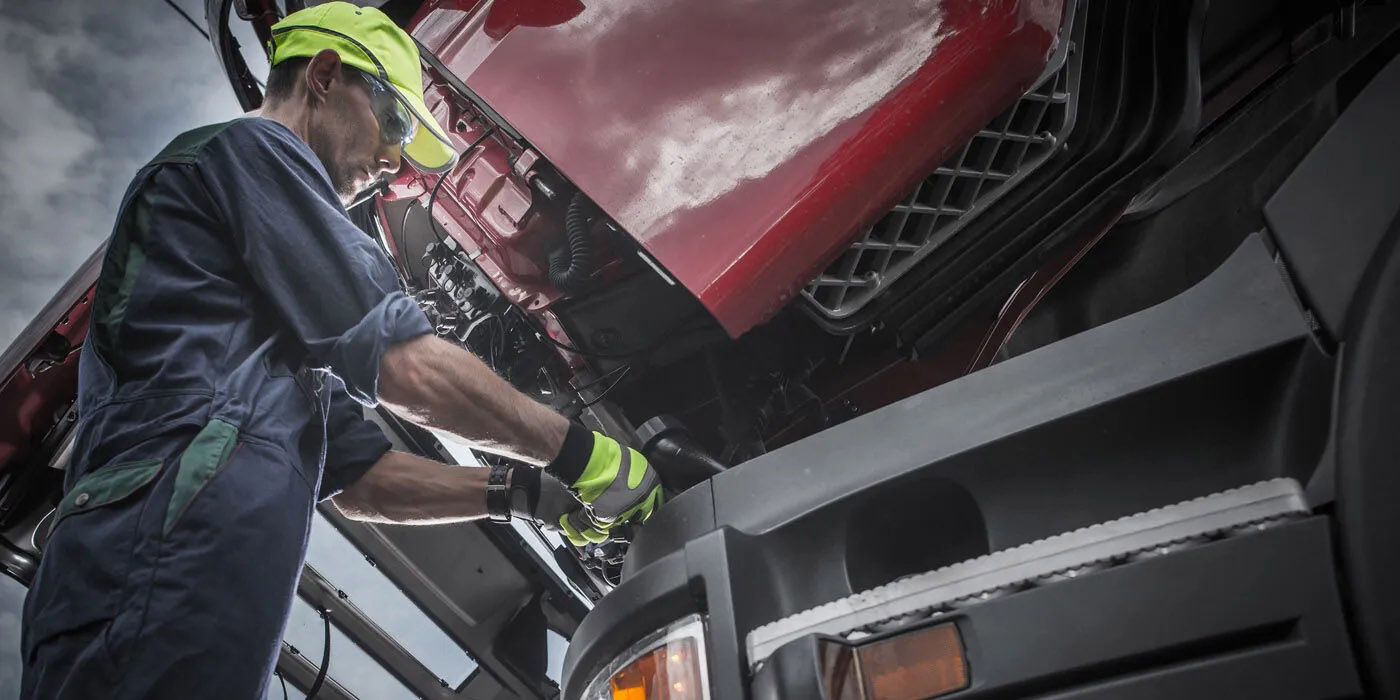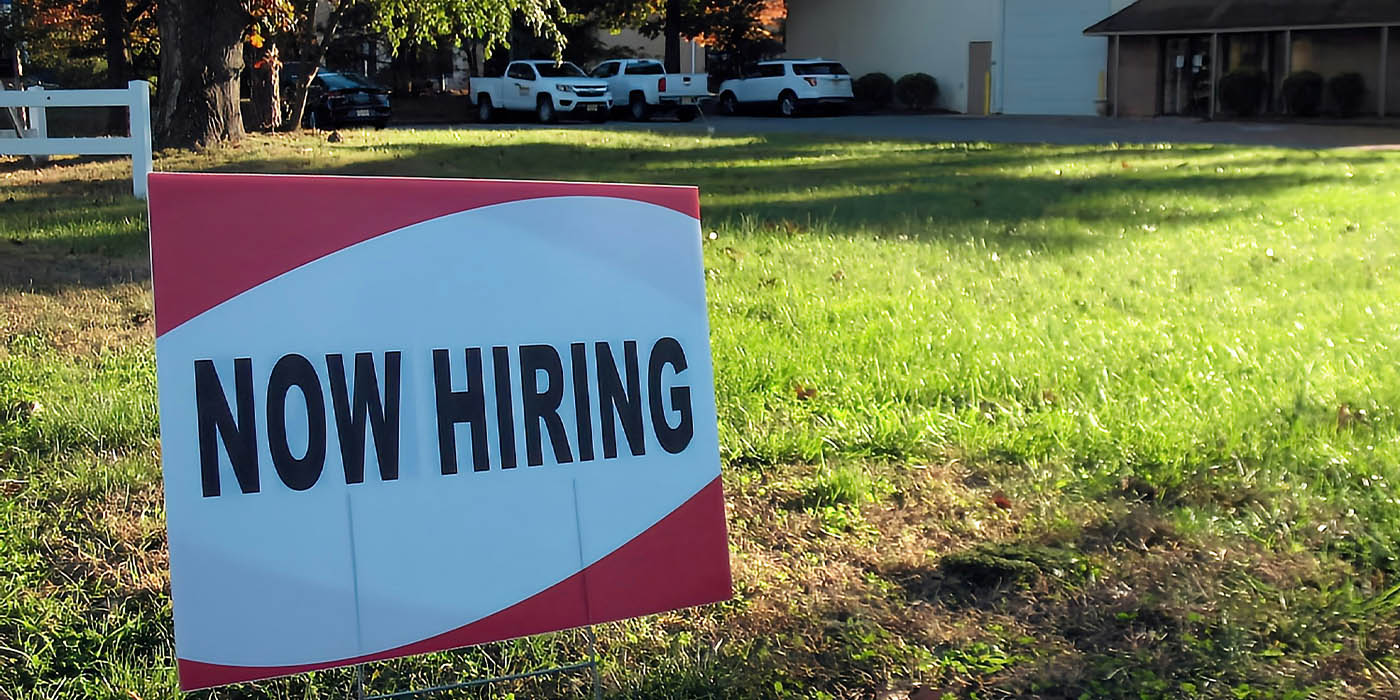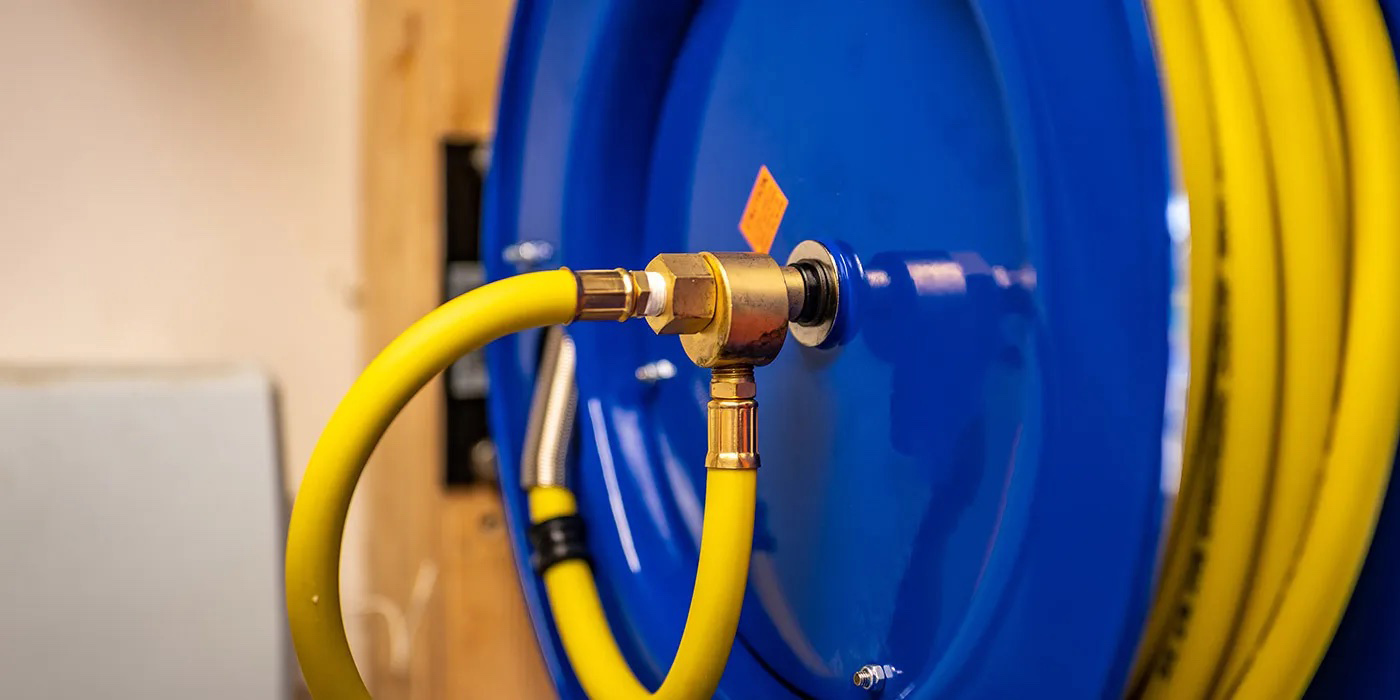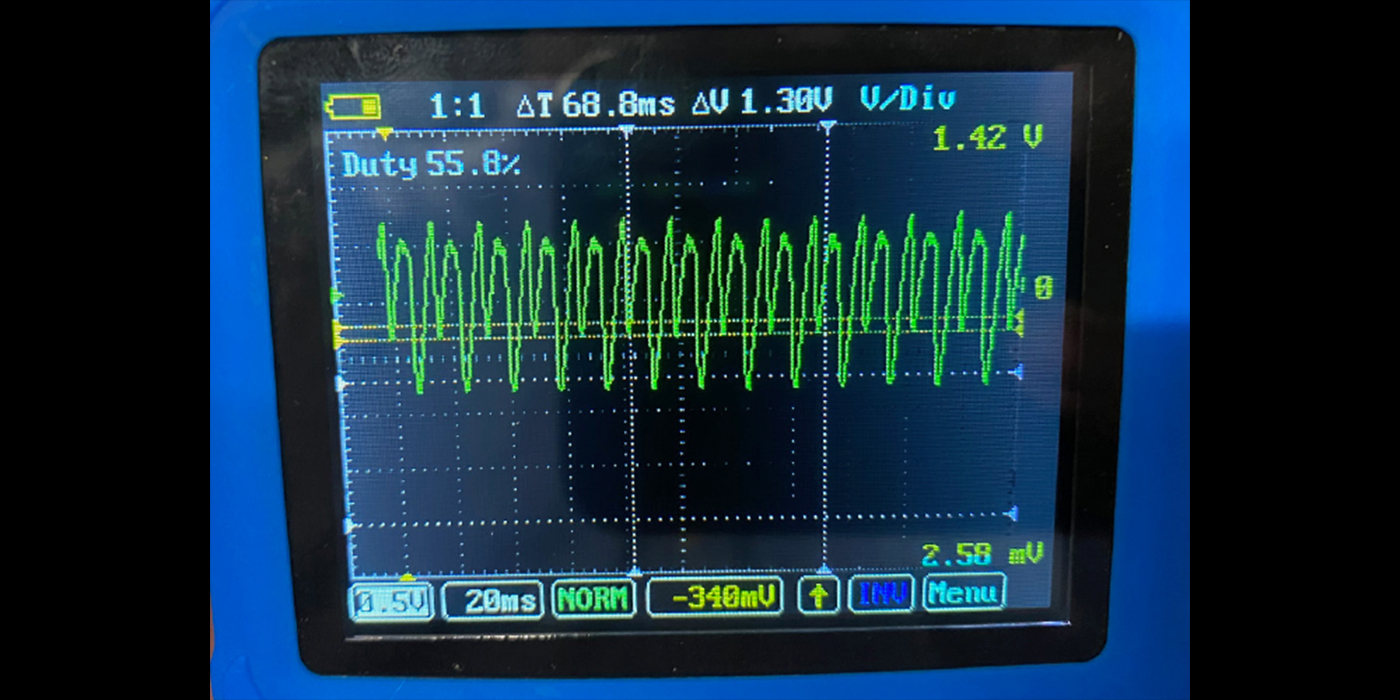 Many shops across the country have introduced Digital Inspection and Workflow Management on tablet devices in the back shop and internet browsers in the front office. A significant number of these shops scored such incredible productivity and efficiency results that it begs the question, “What have they done differently than others who are still trying to find their mojo?”
Many shops across the country have introduced Digital Inspection and Workflow Management on tablet devices in the back shop and internet browsers in the front office. A significant number of these shops scored such incredible productivity and efficiency results that it begs the question, “What have they done differently than others who are still trying to find their mojo?”
The rumors are true. Many shops realize a more than 20% increase in average repair order value (ARO) using Digital Inspections and Workflow Management. The use of certain procedures and policies, in conjunction with SmartFlow, resulted in these incredible increases in ARO and technician productivity.
How Gradual Process Changes In The Shop Make A Huge Difference
AutoVitals invited four owners, who run shops of different service specialties and varying sizes, to share their formula for success at our monthly Service Adviser Huddle webinar in October. A highlight video of the broadcast can be found on the AutoVitals’ website.
The owners, Bill Connor, Craig’s Car Care; Bill Bates, Eagle Automotive; Dan Garlock, Silverlake Auto; and Russ Hilliard, Tires Too (all NAPA AutoCare Centers), introduced policies and procedures in their shops that are tailored to their type of business and specific to the interactions between motorists, service advisers and technicians.
The excerpts below give you an idea of how they all increased their ARO by more than 25%.
Four Shop Owners Embrace The Drive To Eliminate Paper

AutoVitals’ goal is to get dealership professional-grade educational information to the motorist and dramatically increase consistency and productivity for service advisers and technicians. All of you have a “work in progress” screen in your shop management software, but you also have the paper rack. We identified that missing information is a major source of unnecessary busy work because techs have to walk back and forth to get that information. We eliminated that so all the important information needed by the service adviser is only one click away.
The best analogy I have is that everybody used a landline phone in the past, but many of us have switched from that basic technology to a smartphone. For some of us this switch was initially not easy, but new features created a whole new experience with a whole new level of quality.
The same holds true for digital inspection and digital workflow management. So, let’s dig in as four shop owners discuss digital inspections, detailing what route they’ve taken and what’s going to come next.
Russ Hilliard, Tires Too, Londonderry, NH:
We spent most of the winter playing around with it and getting our inspection format down asking our service advisers and techs to develop that. We went full bore on May 1 and since then we’ve seen a 27% increase in our AROs, and gross profit margins are up by almost 4%. We’ve seen $1,700 a week in additional business.
Dan Garlock, Silver Lake Auto, Oconomowoc and Hartland, WI:
Really, the biggest result that we’ve seen is our customer competence has just gone through the roof. Being able to show them and educate them about what’s going on with their vehicle with pictures and a professional inspection is really giving them the confidence that they can trust us beyond anybody else right now.
We’ve seen ARO improvements of about $50 in our Oconomowoc location, and we’ve seen even greater numbers in our Hartland location. We’ve also been seeing about a half an hour increase per average repair order.
Brian Bates, Eagle Automotive, Littleton, CO:
It’s been a great productivity tool for us, especially owning multiple shops. It’s nice to be able to go to the computer instead of calling another location and asking, “Hey, how’s the day going?” Instead, you can go to the computer, and you know which cars are in the inspection process, which cars are waiting for authorization, which ones are being estimated, which ones are finished, which technicians have flagged how many hours, and which advisers have the work in the shop. You can answer a whole lot of questions without disrupting anything in the process.
Garlock:
We basically just quit paper inspections. We told the guys “alright, we’re quitting paper inspections, and we’re going to do digital inspections.” We also provided some parameters about what we expected them to do, like we wanted a minimum of four photos on each inspection, and one of those four had to be of something “good” on the car so we could still build some value in the car.
We also asked our service advisers to get an email address from our customers. Now that we’re not going to print these inspections anymore, we needed a way to get it to them. So, we had to train our service advisers on how to educate our customers about what we’re doing and why we’re asking for their email address. Once we did that, we got very little pushback from our customers.
Patrick Egan, AutoVitals:
Can you walk us through and discuss how you set up the day with SmartFlow and how you queue up the jobs for each one of the techs?
Bill Connor, Craig’s Car Care, Allen, TX:
We look across the top of it so we can see exactly how many hours our techs have agreed to do for today, and then the service advisers make sure they’ve got enough hours approved to go ahead and actually meet their goal. And then all day long, the techs can be efficient at what they do.
And, based on the promised time (because a promised time actually shows right up on the technician view), we can basically drag and drop the tile, in the order that we want the technician to work. So we’ll just drag things around first thing in the morning, and if anything was left over from the day before, it automatically shows the hours that are remaining. We’ll then drop whatever we need to for each technician and then keep optimizing the technicians’ ability to work on the vehicle effectively and in sync with our customers expectations.
Bates:
It’s a change in process just like going from mailing letters to sending emails. It was a major cultural change for most of us. Just as most of us wouldn’t go back to sending letters through the mail now that we’re on email, that’s how we feel about the digital processes. It was a bit of a change; a transition. It took a little while for everybody to get used to it, but if you asked my guys now whether they’d rather go back to the paper inspections or stick with the digital, they’d all say that they wouldn’t want to go back to paper for anything.
Garlock:
Right now, I don’t think any of our guys would want to go back to paper. It has really made our shop and our inspection processes much more consistent. It’s taken that guesswork away from the service adviser. “Does the vehicle really need this? Am I selling the right thing?” There’s just belief right away.
Hilliard:
None of us are looking back. We are terribly excited about it. This is a game changer as far as I’m concerned. It just raises your credibility, and your level of professionalism, and takes your market to a whole new level. Shop owners who aren’t looking to move in this direction are going to get left behind.
Involvement Of The Whole Staff Is Key

Going from a paper-based shop to a fully digital operation is a task involving the whole staff. Just as when new tools are introduced to the shop, new policies and procedures are needed so everyone can fully benefit. Using a landline phone doesn’t even tap 10% of the smartphone’s capabilities. But, as with other big changes in processes, small steps can help bridge the technology gap and yield better and faster results in the overall transition process. A typical point of resistance from initial technician feedback is paper is what they are used to and it works, so why change?
Connor recommended letting the technicians select the tablets and make sure the advantages of the tablet are immediately obvious to eliminate pain points. Speech-to-text is supported natively by recommended tablet types and not only shortens the (often unpaid) technician time, but also creates technician notes without typos.
Bates couldn’t emphasize enough that developing the inspection sheet as a team effort results in 100% “buy-in” by all involved, and even if it takes a few iterations, it pays off significantly.
Hilliard realized that he was the last one of the staff to embrace the new way; everybody was convinced it would be a game changer when he pulled the (paper) plug.
Garlock introduced a procedure of picture taking, specifying precisely “what” and “how many” images to take during the inspection.
Once process adjustments are made, and a few iterations are applied to finetune the new process, nobody actually realizes how far they’ve already come. By instituting small changes at a time, and with buy-in by the staff, you can make a huge difference in how fast the new process can be implemented. Everyone emphasized that nobody in their shop would go back to paper.
Connor summarized it this way:
“We can see exactly the time each technician has been committed to. The service adviser will now make sure that enough approved hours are available and use the promised time to the customer as a management tool for prioritizing the vehicles for the technicians in the back shop.”
Watch the whole recording at www.AutoVitals.com, and sign up for the next Service Advisor Huddle webinar to join the transition to the digital shop.














